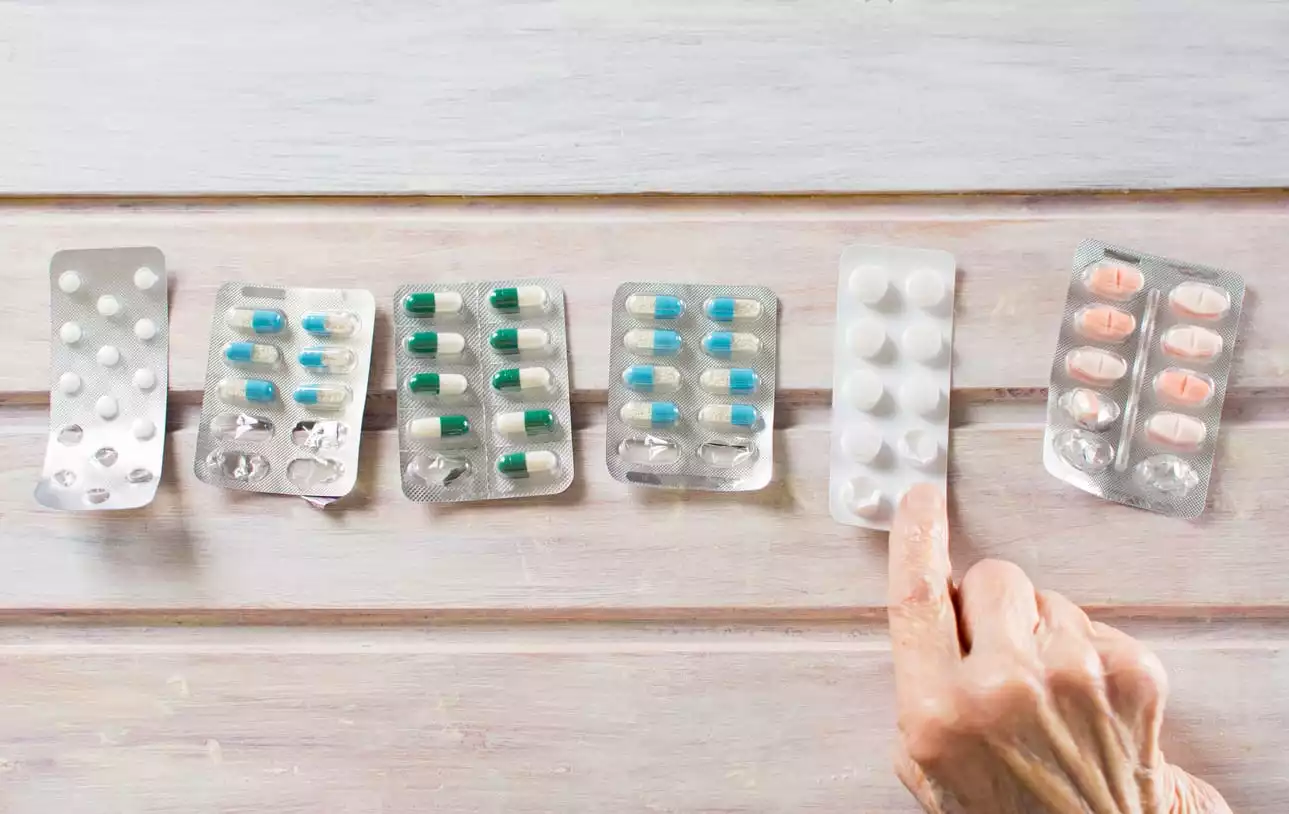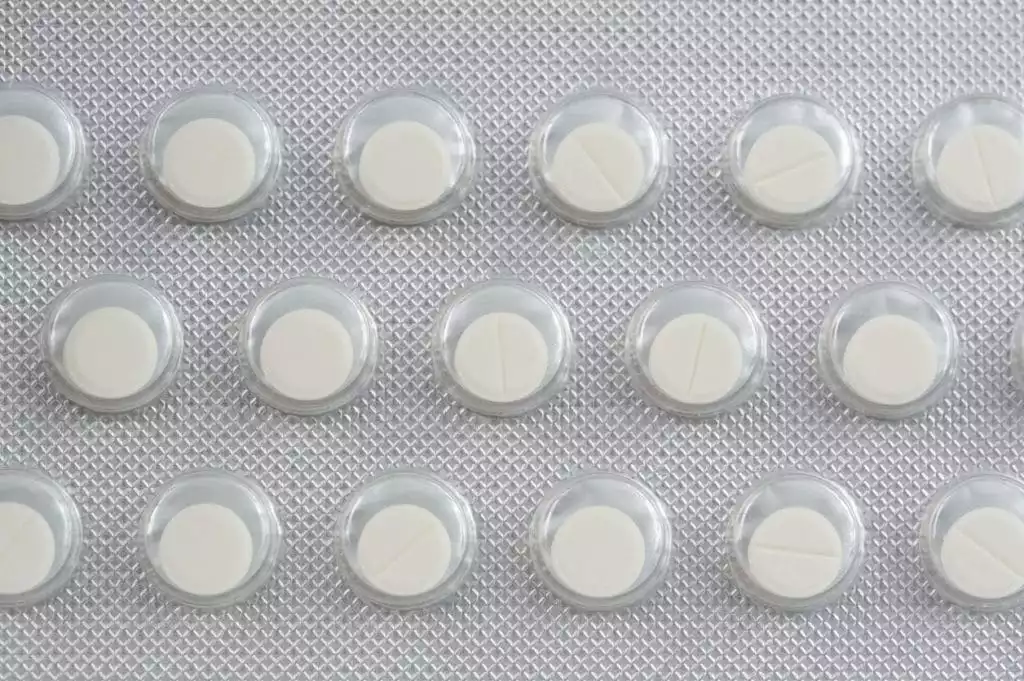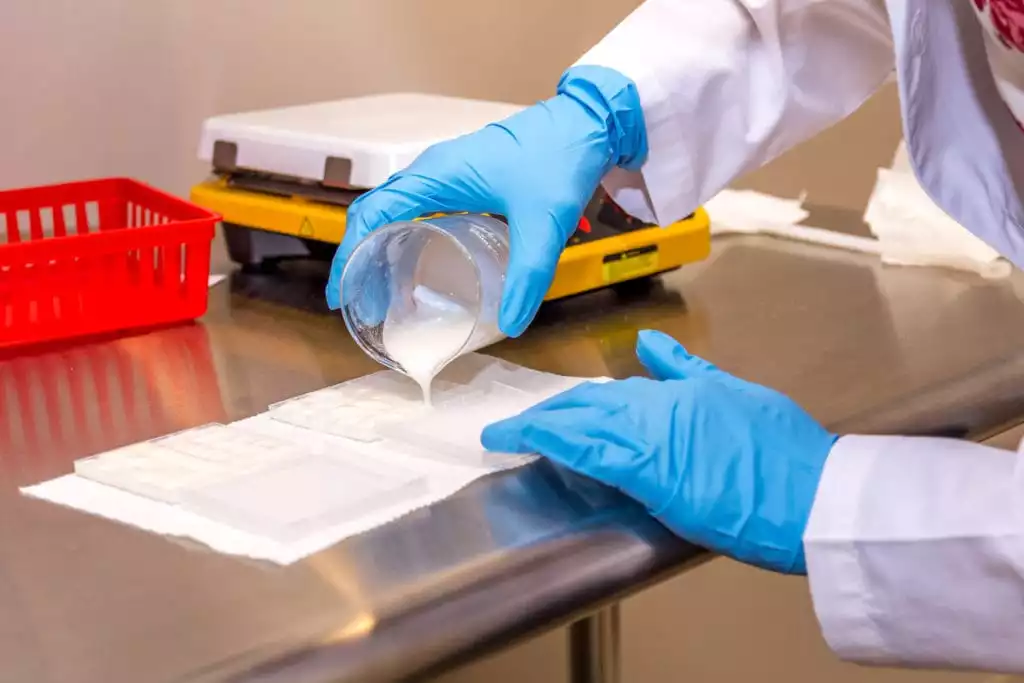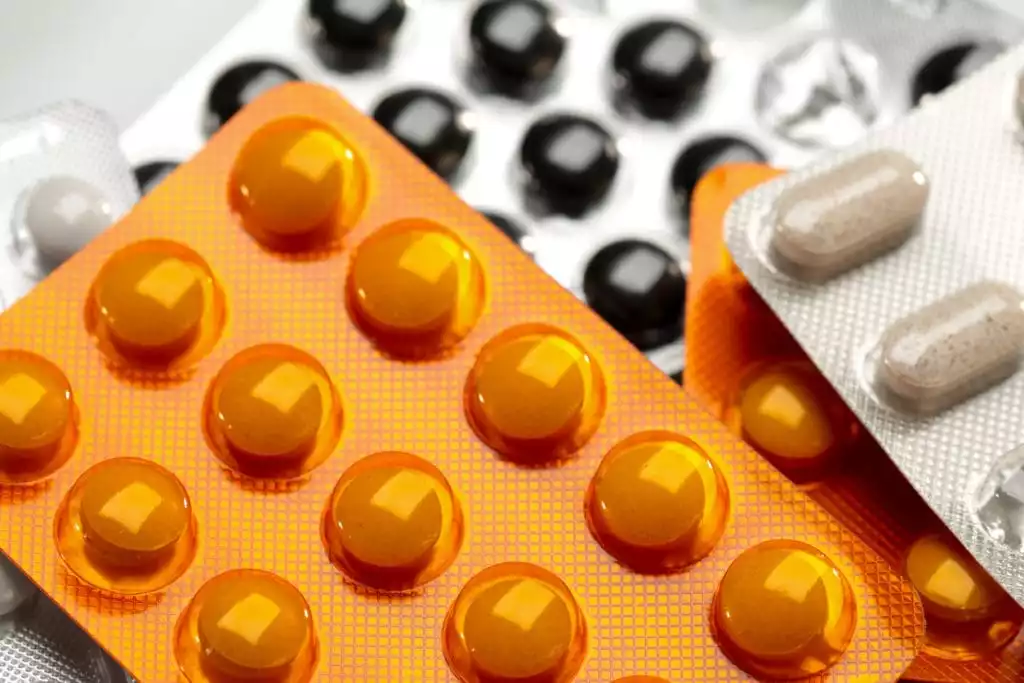
In the pharmacy, we often talk about patient compliance and how it impacts treatment outcomes. “Compliance,” sometimes called adherence, simply refers to whether or not a patient follows all medication and treatment protocols at all times (e.g., taking the right dose at the right time each day). Compliance is necessary for every type of medication and administration, whether that be sublingual medication, buccal medication, or typical pill administration.
Most experts believe around 75 percent of all patients don’t take medications as prescribed. Despite having serious conditions, for some reason, they don’t take their medications as directed. When this happens, patients can sometimes become very sick or even experience fatal symptoms.
However, pharmacists also recognize that not every patient becomes non-compliant on purpose. Some patients genuinely struggle with taking medication. This is often the case for patients who find it difficult to swallow pills. These patients want to stay compliant, but they can’t manage to get the pills down in the first place, creating a perpetual anxiety loop that makes the entire experience horrible.
If you can relate, your pharmacist may be able to provide an easier solution: sublingual medication. In the article below, we’ll share our knowledge on these formulas and how they can help you achieve better treatment compliance.
What Exactly is a Sublingual Medication?
Like regular tablets and caplets, typical sublingual medication come in pill form. However, they aren’t swallowed; they are placed under the tongue or in the side of the cheek instead. Once nested into place, they melt and dissolve, releasing the medication into localized tissues.
Once tucked into place in your mouth, your saliva breaks down the pill over the course of five to 15 minutes. Local mucosal tissues (the lining of the mouth and tongue) absorb the medication, which then travels directly into the bloodstream. Even though you never swallow the medication, you still gain all of the benefits from your treatment all the same.
Sublingual Medication Formats
Every sublingual medication is different; the exact, size, shape, and delivery format may differ depending on your treatment protocol and unique health situation.
The vast majority of sublinguals are a similar shape to regular pills. All formulas fall into one of these four main categories:
- Tablets
- Liquids
- Sprays
- Films
Tablets and films are often referred to specifically as sublingual medication; sprays and liquids may be called sublingual or buccal depending on how and where they’re inserted into the mouth. Both sublingual and buccal refer to medications that absorb through the mucosal tissues in the mouth.
Types of Sublingual Medicaitons
Let’s break these medications down a bit further:
- Tablets are the most like standard pills in shape, size, and appearance. These often come in foil packs or simple pill bottles you can carry along with you. Most sublingual pills contain sugar or flavorings to make taking medication more pleasant.
- Liquids are similar to most other oral liquid formulations. However, their formulas may be slightly different. Most sublingual medication liquids contain special ingredients to speed absorption and flavors to make taking medication more pleasant.
- Sublingual sprays spritz into the mouth, usually onto the tongue or inner cheek. Because the medication is dispersed over a larger area of tissue, this may be a more rapid absorption method than sublingual pills or liquids.
- Films are compounded in the pharmacy and look like a small, ultra-thin, semi-transparent square of slightly rubbery material. Patients place them onto the tongue where they immediately begin to dissolve and absorb.
It is important to note that not every form of sublingual medication is right for every patient. Depending on your condition, your doctor or pharmacist may recommend one format over another. For example, patients who cannot swallow and/or those with paralysis affecting the jaw or mouth may be better suited to sprays rather than pills or films.
Advantages vs. Disadvantages
Like all medications, sublingual formulas have distinct advantages and disadvantages. Most crucially, a sublingual will carry all of the same potential risks, benefits, and potential side effects as your regular medication. Be sure to ask your pharmacist to explain these factors if you’re not familiar with them in the first place.
The biggest advantages of sublingual medication are ease of administration and rapid absorption. They may work faster and more efficiently than regular tablet medications to relieve your symptoms. If you take your medication in emergencies (e.g., when you suspect you are having a heart attack or when you experience allergic reactions), sublinguals may help you to manage your condition faster.
Sublingual medications may also benefit patients who have stomach, liver, kidney, or bowel conditions. Because they enter the bloodstream directly, they have virtually no impact on the liver and/or stomach, preventing serious gastrointestinal irritation. Drugs taken sublingually also have a higher “bioavailability,” meaning you require a lower dose to achieve the same desired results.
Unfortunately, sublinguals aren’t right for every patient. If you smoke, drink, experience frequent mouth sores, have oral cancers, or suffer from any other serious dental health concerns, sublinguals may not absorb correctly in your mouth. In these instances, other delivery formats (such as injectables or patches) may be a better choice for treating your condition.
Are All Medications Available As Sublinguals?
Unfortunately, no. The vast majority of medications can be compounded into sublingual formats in the pharmacy upon request. However, some medications may be unsuitable for this particular route of delivery due to taste, drug potency, or molecular solubility.
If you’re curious about sublingual medication, speak to your pharmacist. He or she can assess the drug and give you information on its suitability. Reasons for incompatibility include formulas that are incredibly foul-tasting, too potent to absorb directly, or can’t be used by the body until after they are processed through the stomach and liver.
Medications that provide extended-release benefits are also generally unsuitable for sublingual use. Because sublinguals absorb rapidly, they also metabolize rapidly in the body. Unfortunately, this does mean they won’t remain in the body long enough to provide ample coverage for certain conditions.
What Should I Know About Taking Sublinguals?
If you are already taking sublinguals, you can increase the chances of successful treatment by ensuring you take your medication as prescribed. This means using your prescription on time every time.
Drink water approximately 10 to 15 minutes before you take your medication; this will help to ensure that your mouth has enough saliva to break down the pill. Once you take the medication, do not eat or drink for at least 30 to 45 minutes afterward. Doing so may wash away part of the dose, causing treatment failures or a return of symptoms.
Don’t brush your teeth directly before or after you take your medication. If you smoke, avoid smoking for two hours before and two hours after you use your medication. Both can interfere with absorbance for certain medications.
Knowing what to do if you miss a dose or a dose doesn’t absorb properly is also important. If you remember your missed dose within a couple of hours, it’s generally fine to take it as soon as you remember. If it’s been longer than one to two hours, call your pharmacist for more specific instructions. Never double up your dose unless your doctor or pharmacist advises you to take a double dose.

 info@burtsrx.com
info@burtsrx.com


